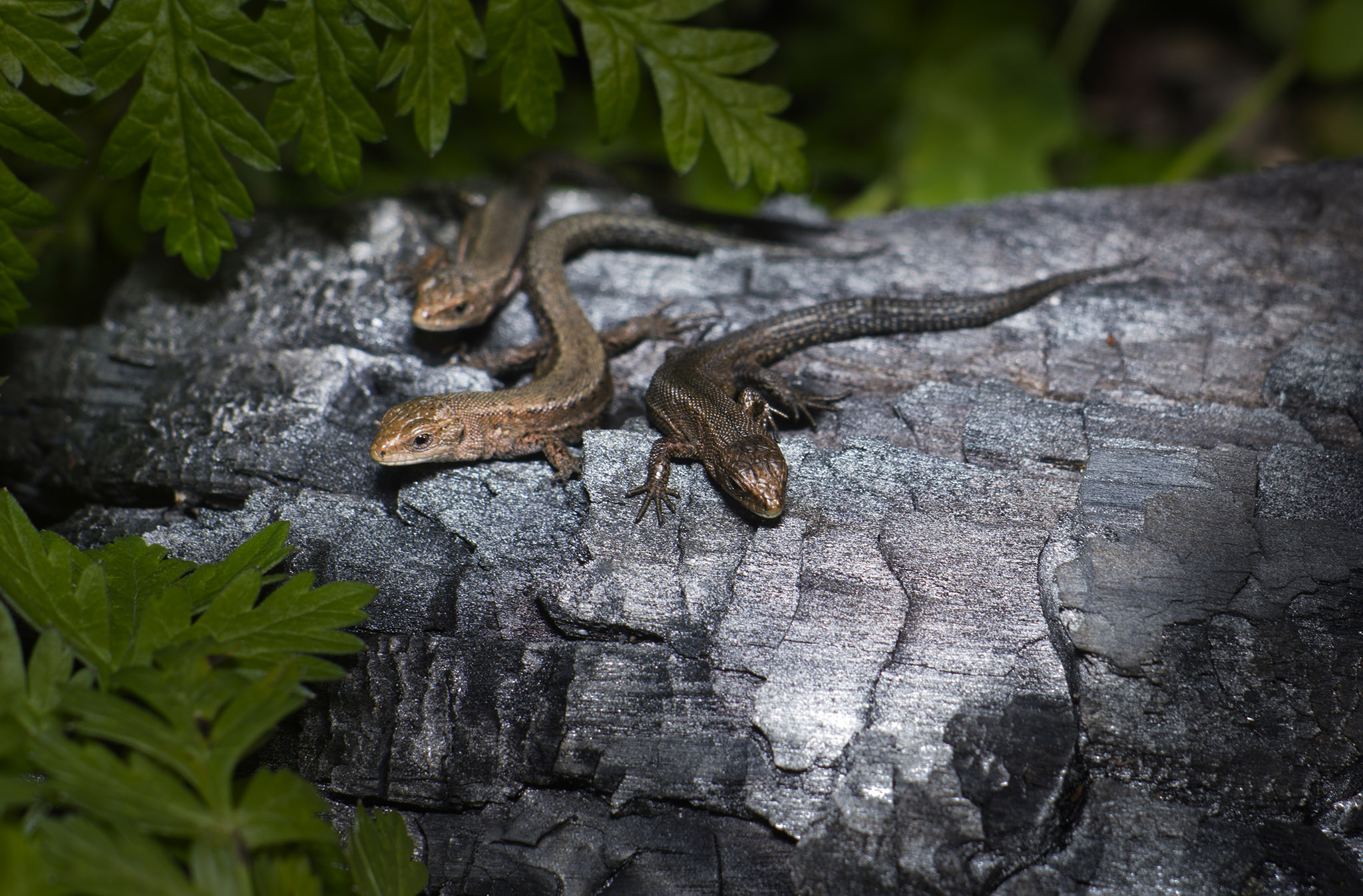The Viviparous Lizard (Zootoca vivipara) is a small reptile native to Europe and parts of Asia. Here’s a brief introduction:
Physical Characteristics:
- The Viviparous Lizard is relatively small, with adults typically reaching lengths of 10 to 15 centimeters (4 to 6 inches) from snout to tail tip.
- They have a sleek body with smooth scales, usually varying in color from gray or brown to olive green, providing camouflage in their natural habitat.
- Viviparous Lizards have a distinct pattern of dark spots or stripes along their back and sides, further aiding in camouflage.
Reproduction:
- Unlike most lizards, which lay eggs, the Viviparous Lizard gives birth to live young, hence its name “viviparous.” Females typically produce small litters of 3 to 12 offspring.
- This adaptation allows Viviparous Lizards to give birth to fully developed young, providing them with a higher chance of survival compared to eggs, especially in cooler climates.
Habitat and Distribution:
- Viviparous Lizards are commonly found in a variety of habitats, including grasslands, heathlands, woodlands, and rocky areas.
- They prefer areas with ample vegetation cover and access to basking sites such as rocks or logs.
- Their distribution spans across much of Europe, including the British Isles, Scandinavia, and parts of Asia.
Behavior and Diet:
- Viviparous Lizards are primarily diurnal, meaning they are active during the day. They spend much of their time basking in the sun to regulate their body temperature.
- Their diet consists mainly of small invertebrates such as insects, spiders, and worms, which they hunt by ambush or actively forage for among vegetation.
Conservation Status:
- The Viviparous Lizard is generally considered to be of least concern in terms of conservation status, as it has a wide distribution and stable populations across its range.
- However, habitat loss, fragmentation, and degradation pose threats to local populations, particularly in areas undergoing intensive agricultural or urban development.
In summary, the Viviparous Lizard is a fascinating reptile known for its live-bearing reproductive strategy and its adaptability to a range of habitats. As an integral part of ecosystems, it plays a vital role in controlling insect populations and serving as prey for larger predators.
Visited 863 times, 5 visit(s) today
Views: 1627
Subscribe to the newsletter:
